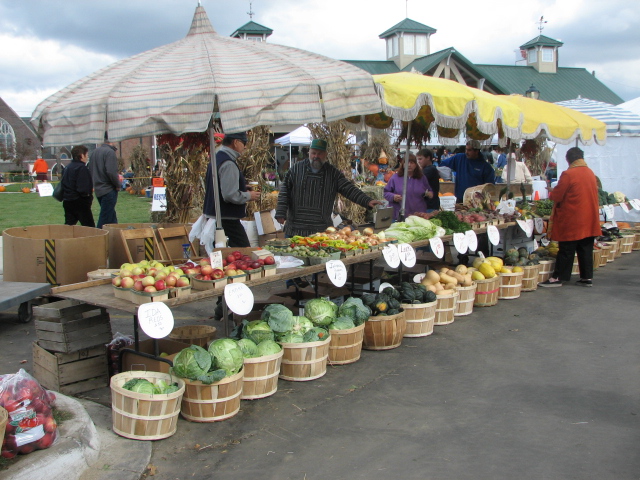By Vladislava Sukhanovskaya
Editor’s note: This is one in a series of stories coming out of a recent meeting of the Society of Environmental Journalists in Philadelphia.
“Place both feet on the ground and take a moment to breathe,” said Malaika Hart Gilpin, executive director of One Art Community Center. “Give ourselves a moment to feel a connection with Mama Earth.”
Chairs and floor slightly vibrate in response. After a short meditation, the reporters attending a recent Society of Environmental Journalists conference in Philadelphia open their eyes. They are ready to listen about how to cover food systems.
“The communities most vulnerable to the impacts of the climate crisis, but also least represented in climate dialogue, are our Black communities, indigenous communities, and communities of color,” said Matt Scott, director of storytelling and engagement at the Project Drawdown, which finds and reports holistic climate change solutions.
“Often we just talk about the solution and the science and the data, but the people are at the core of it,” said Scott, who has produced a short documentary series about food systems called Drawdowns Neighborhood. .
Find someone who “is doing a spark” and who is recommended by dozens and dozens of other people, Scott said. As an example he noted Jonshell Johnson, a farmer and educator at Grow Dat Youth Farm in New Orleans.
“And she spoke with me about all of these things that we don’t necessarily think about when we think about food and farms,” Scott said.
Johnson explained the influence of legacies of slavery and about how it is being a mom and “riding her bike to the community farm with one baby strapped to her front and one baby strapped on her back.”
Scott added, “We can honor and recognize the histories of trauma but also have superpowers and strengths that bring us to the table and I’m just so thankful to be able to bring the full help to people on earth the fullness of their stories.”
Scott warned reporters to avoid victimizing communities of people of color.
“When I think about the stories of food insecurity of food deserts, we have to be so careful not to just tell those stories and paint Black and Brown communities primarily as victims when not only are we not victims, (we are) survivors first and foremost.
“But also we can be heroes if afforded the resources to actually do that.”
Listen carefully to what people say and don’t take words out of context, he told the reporters.
Gilpin supported that position encouraging reporters to come into communities and truly listen to them without pushing the reporter’s own bias.
She added, “And so giving people the opportunity to share their true selves and to make real connections with people is so important. And it’s really powerful, and it will come through in the work that you share.”.
After the session ended, participants discovered that the vibration they felt at its beginning was a small earthquake, as if “Mama Earth” had responded to their attempt to connect.
